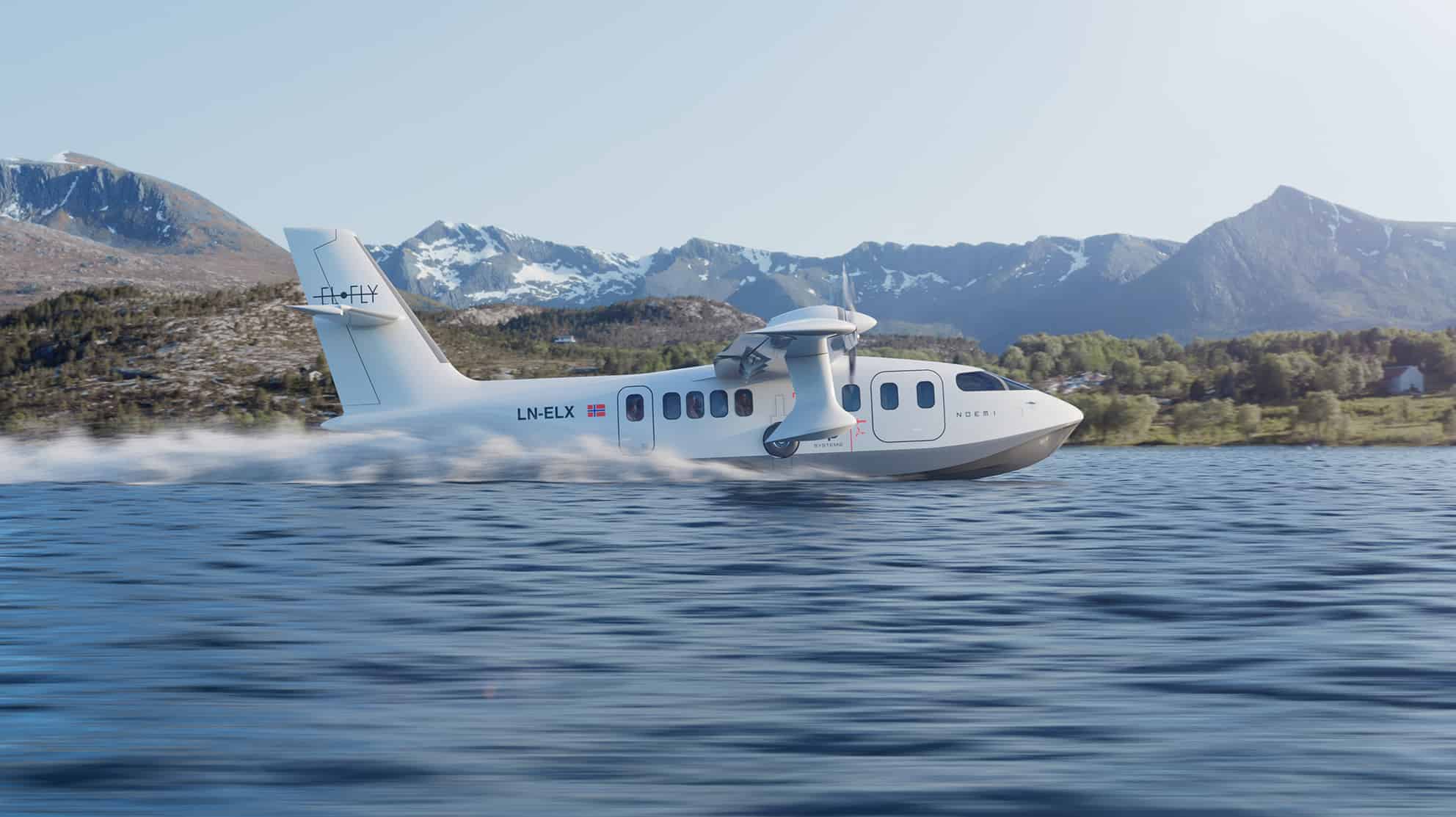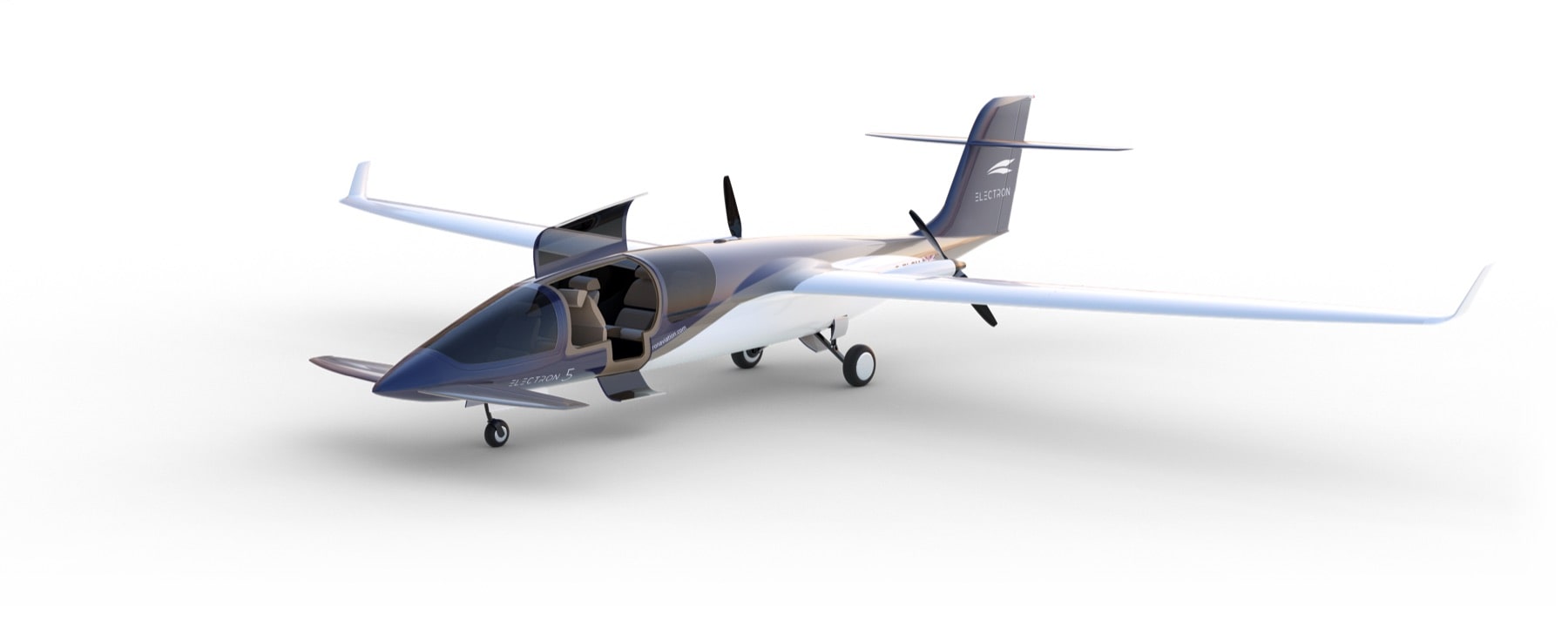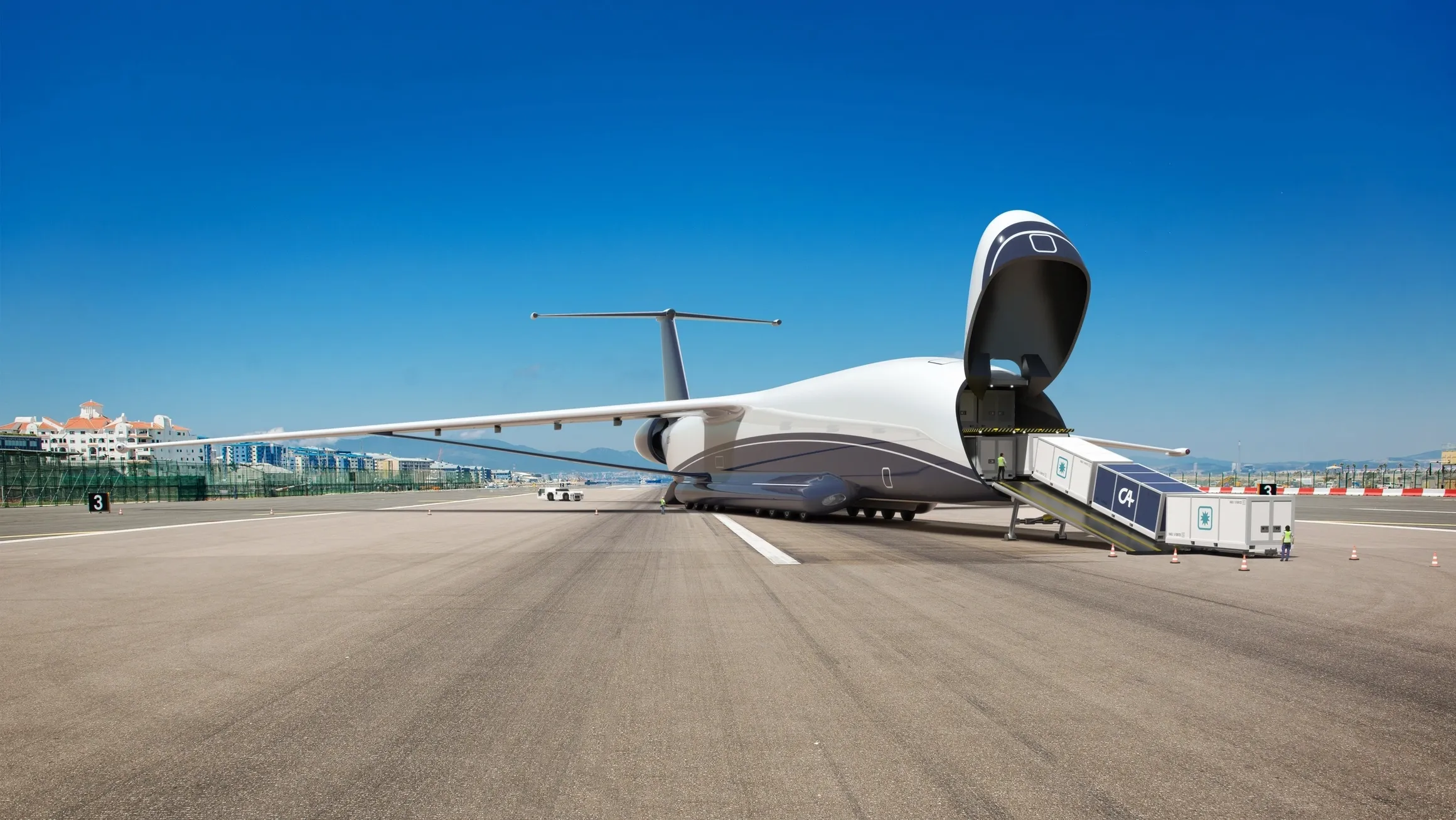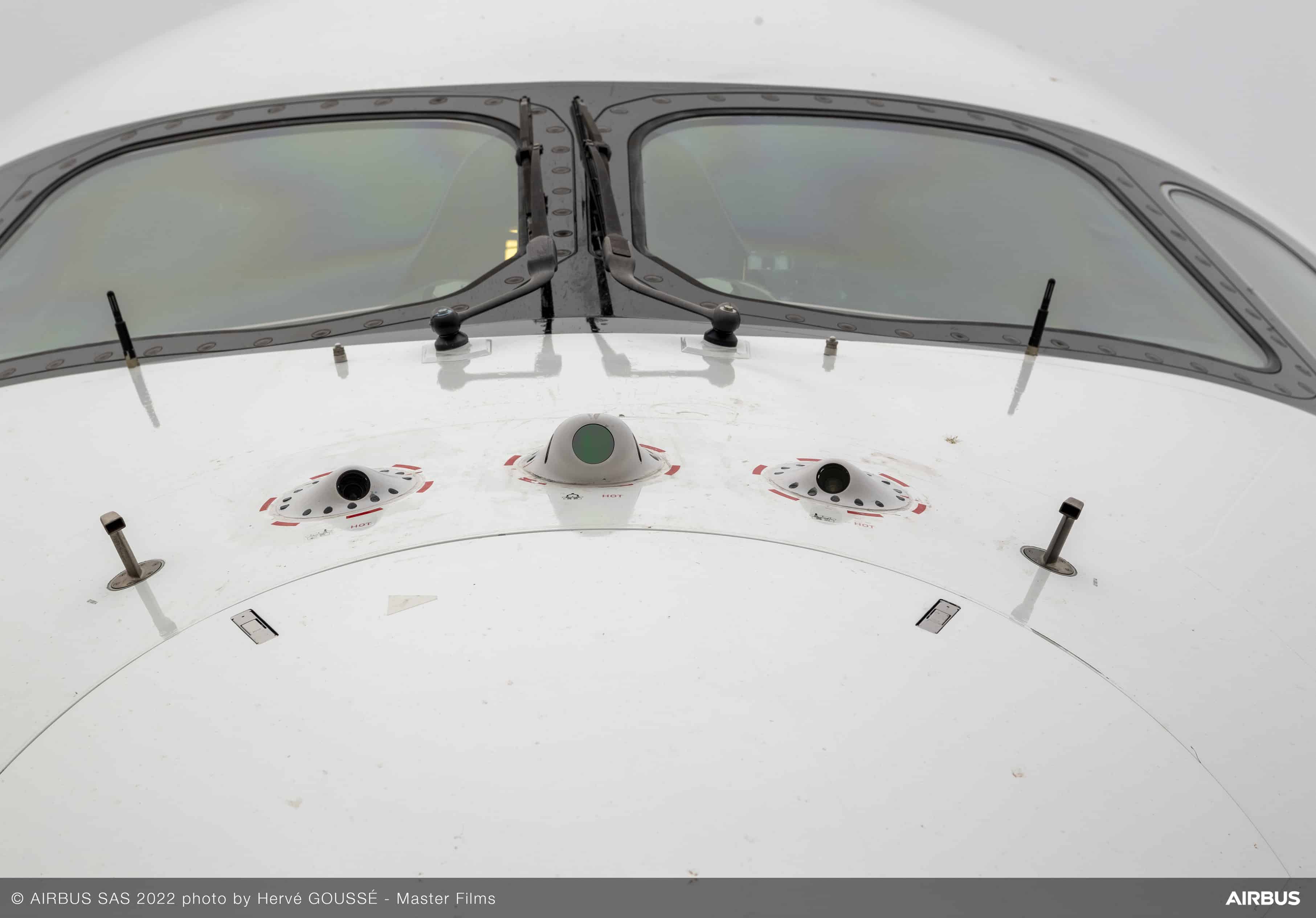
The aviation industry is currently facing a pressing challenge as airlines in the United States and European Union grapple with a shortage of pilots, leading to flight cancellations and disruptions. To address this issue and meet the soaring demand for air travel, various innovative solutions are being explored. One prominent proposition is the adoption of single-pilot aircraft, which would significantly alter the traditional cockpit setup. While the European Union Aviation Safety Agency (EASA) considers full implementation of single-pilot commercial operations by 2030 unrealistic, partial integration during specific flight phases may be viable by 2027. Industry leaders like Airbus and Dassault propose a hybrid approach, suggesting a single pilot for the cruise phase while retaining two pilots for take-offs and landings.
Regulatory challenges and safety concerns
As the industry explores the potential of single-pilot and autonomous aircraft, regulatory authorities like the FAA and EASA face the challenge of ensuring these innovations meet safety standards. EASA’s Andrea Boiardi leads the “Extended Minimum Crew Operations – Single Pilot Operations – Safety Risk Assessment Framework” project, which aims to assess the feasibility of such operations by 2025 and 2030. This project, funded by the EU’s Horizon Europe research program, examines critical areas related to pilot workload, error, incapacitation, fatigue, and sleep inertia.
Despite these efforts, public perception remains a significant hurdle. Many aviation professionals, including the renowned pilot Sully Sullenberger, argue that reducing the number of pilots in a commercial aircraft contradicts evidence and logic, emphasizing the importance of two pilots working together. The European Cockpit Association (ECA) has criticized manufacturers and EASA for presenting Reduced Crew Operations as a solution to pilot fatigue or labour shortage.
Technological advancements and pilot assistance
While regulatory bodies work to address safety concerns, manufacturers like Airbus are developing cutting-edge technologies to enhance pilot assistance. Airbus UpNext, a subsidiary of the aircraft manufacturer, recently tested new pilot assistance technologies on an A350-1000 test aircraft. Known as DragonFly, the project demonstrated automated emergency diversion in cruise, automatic landing, and taxi assistance. These technologies are designed to support safer and more efficient operations by enabling aircraft to perceive and manoeuvre autonomously within their surroundings.
Demonstrations of these technologies have shown promising results, with the systems assisting pilots during in-flight emergencies, landing, and taxiing operations. In addition, Airbus UpNext is exploring features for taxi assistance, which has been tested in real-time conditions at Toulouse-Blagnac Airport. These efforts are partially funded by the French Civil Aviation Authority (DGAC) and supported by cooperation with external partners such as Cobham, Collins Aerospace, Honeywell, Onera, and Thales.
Unmanned cargo aircraft: paving the way for autonomy
Before the widespread adoption of single-pilot or autonomous commercial aircraft, the industry is expected to first embrace unmanned cargo aircraft. UK-based company Dronamics is planning to launch the unmanned cargo aircraft, Black Swan, by the end of 2023. The aircraft is designed to cater to same-day delivery, underserved areas, and multiple industries, offering significant cost savings, reduced operation times, and lower CO2 emissions compared to conventional cargo freight. The Black Swan will be controlled from ground control stations at drone ports, requiring only 400 meters for takeoff and landing.
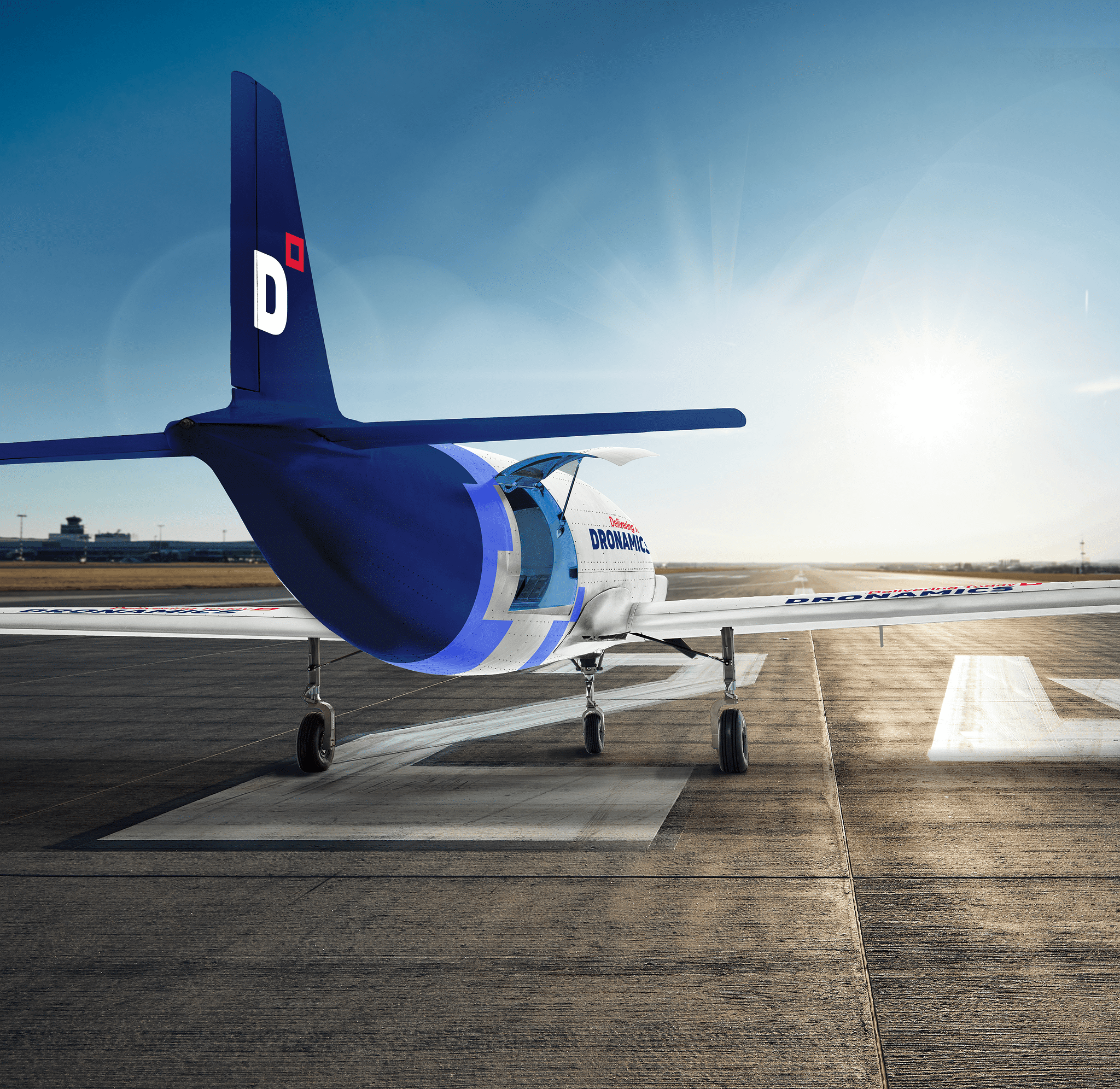
Building trust with passengers
To address public concerns and build trust in single-pilot or autonomous aircraft, manufacturers and airlines must demonstrate a commitment to safety and transparency. Airbus, for example, is working with Cathay Pacific on Project Connect, which aims to develop a single-pilot system for long-haul flights. However, the journey towards widespread adoption of single-pilot or autonomous commercial aircraft will be a gradual one, with initial steps focusing on cargo planes and the gradual introduction of small self-flying planes carrying passengers on short, regional flights. Experts predict that larger passenger jets operating without a pilot on the flight deck could become a reality between 2040 and 2050.


